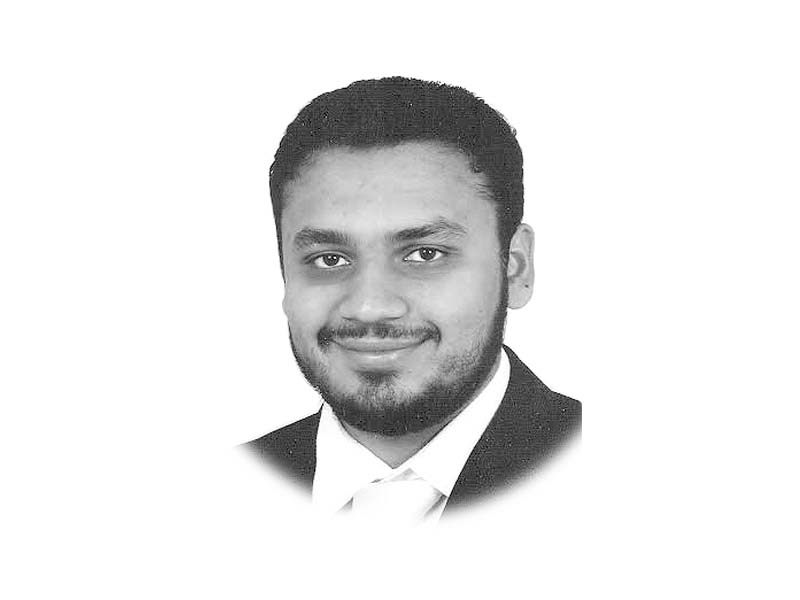
During the interviews conducted during my stay, landlords whether from the north or the south, lamented the gradual breakdown of the feudal structure. The tenants, on the other hand, seemed to be worried about a host of factors including poverty, lack of basic facilities and if applicable, their feuds with other clans. The tenants also spoke quite openly about the tyranny of certain feudal lords although it was expected that in theory that they would be afraid to do so. While it is not possible to go through the many factors that were mentioned as to why the feudal system was breaking down, they included smaller landholdings per individual due to inheritance, absentee landlordism, exposure of tenants to foreign countries in the Middle East, the availability of alternative career options if the relationship with the feudal became sour and the advent of democracy where tenants can choose which feudal to play against the other.
It may be safe to say that Sindh is a land where democracy did not have its expected positive effects. Sindh lags behind in almost all human development indicators of literacy, health and poverty. During my fieldwork the one thing that was most noticeable was that even though there was a feeling that the feudal system was on the decline, the feudal-turned-politicians were the ones who had not only maintained their estates but also consolidated their powers. State support coupled with the unwavering loyalties of co-tribals and tenants have made them wealthy and influential. A necessary factor for a feudal to hold on to power was to have some sort position in government; whether a successful politician, a top bureaucrat or being part of the armed forces. Without having the backing of state power the feudal’s power was not seen as credible.
What was known across the land was that state officials were highly corrupt, often bagging much of the development funds for themselves which were meant for the impoverished people of Sindh. The conundrum then was, despite the apparent corruption, why had the current lot of politicians still been able to maintain a vote bank among the population? The answer to such a question is not straightforward and studies in Asia and Latin America of hierarchal patron-client structures provide some insight. Literature tells us that in some cases the patron is able to buy the votes of his clients by promising and/or providing some state services or money. In other cases, the elites had established enough fear in the hearts of their voters to ensure their compliance on voting day. All of these factors are also seen in Sindh.
Most significantly, the landlords through the many middle-men and brokers ensure their supporters protection from the police. Protection from the state as a reason for voting for a politician is a factor that hasn’t been explored much in the literature to be found in Pakistan. The common man in Sindh seemed to have lost hope in anything government-related. All politicians and bureaucrats are seen as corrupt by the average citizen. The ideal strategy then is to extract as much as possible from anyone giving anything or support the one who is expected to most credibly provide benefit in the future. This mentality has meant that politicians would be voted for, even though they would be providing only the slightest of benefit. The problem of new entrants in politics is that they are not seen as credible enough to ensure change. The result is that the ordinary Sindhi, given the lack of basic facilities, thinking in the short term, is reluctant to vote for a new political party or candidate, as it is seen as a huge risk for a poor citizen to take on.
Published in The Express Tribune, September 16th, 2016.
Like Opinion & Editorial on Facebook, follow @ETOpEd on Twitter to receive all updates on all our daily pieces.











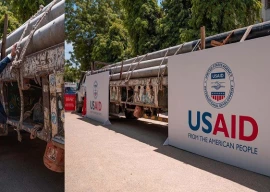
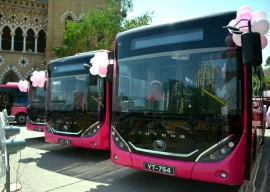
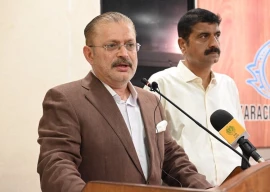

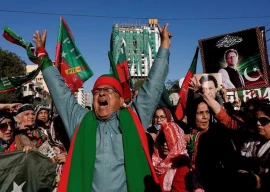


















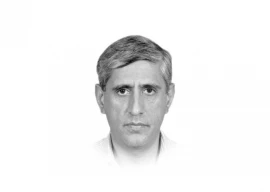

COMMENTS (7)
Comments are moderated and generally will be posted if they are on-topic and not abusive.
For more information, please see our Comments FAQ